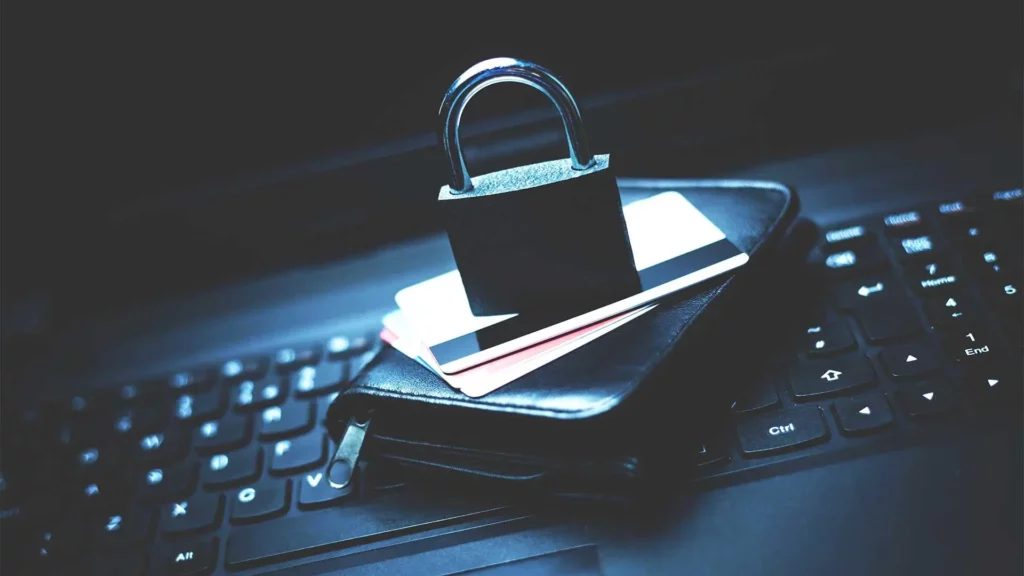What is a CIFAS marker?
CIFAS marker refers to a notation placed on an individual’s credit report by CIFAS (Credit Industry Fraud Avoidance System) when an organisation suspects fraudulent activity. This marker serves as a warning to other services that may access the individual’s credit report, alerting them to the potential risks of lending to that person.
However, CIFAS markers can cause significant issues for individuals if a business or its directors have a marker associated with their name. In such cases, finance organisations may deny loan applications and close accounts, and individuals may suffer financial losses or even lose their jobs.

CIFAS Marker Types:
CIFAS has defined eight distinct types of markers that correspond to various kinds of fraudulent activities, and each of them remains active for a different period:
- First-party fraud: This marker is placed when a customer has not paid for goods and has no intention to pay. It lasts for up to 6 years.
- Insurance claims fraud: This marker is used when someone provides false information during an insurance claim. It lasts for up to 6 years.
- Facility Takeover: When someone takes over and uses someone else’s bank account for unauthorised transactions, this marker is issued and remains active for up to 6 years.
- Protective Registration: If someone believes they have been a victim of fraud, they can request this marker directly from CIFAS for a fee. It remains active for two years.
- Victim of Impersonation: If someone becomes a victim of identity fraud, a lender can place this marker for protection, which lasts up to 13 months.
- Application fraud: When someone provides false information on a credit application, this marker is placed and lasts for up to 6 years.
- Asset conversion: This marker is used when someone sells goods leased, hired, or rented, such as a rental car, which lasts up to 6 years.
- Misuse of facility: When someone uses someone else’s account for fraud, this marker is placed and lasts up to 6 years.
How do you get a CIFAS marker?
A CIFAS marker is typically placed on an individual’s credit report if an organisation suspects that the person has engaged in fraudulent activity, such as providing false information on an application or account takeover.
These markers can also be placed if someone is a victim of fraud and wants to protect themselves from future fraudulent activity.
In the case of suspected fraud, the organisation will report their suspicions to CIFAS, who will investigate and determine if a marker is warranted.
If a marker is placed on someone’s credit report, they will be notified by mail.
What do CIFAS markers affect?
CIFAS markers can affect the following:
- Access to credit: CIFAS markers can make it difficult to obtain credit, as lenders may view you as a high-risk customer and be unwilling to lend you money.
- Employment: Certain employers, such as those in the financial sector, may require a credit check before offering employment. A CIFAS marker can harm your chances of being hired or even lead to termination if it is not disclosed during the hiring process.
- Insurance: Insurance companies may also check your credit history before issuing policies. A CIFAS marker can increase the cost of your insurance premiums or even lead to your application being denied.
- Banking: If a CIFAS marker is placed on your account, your bank may close or restrict your access to certain services.
- Reputation: A CIFAS marker can harm your reputation and cause embarrassment or distress, especially if unjustified.
- Legal proceedings: In some cases, CIFAS markers can be used as evidence in legal proceedings.
How to remove a CIFAS marker?
If you have a CIFAS marker held against your name, you can take the following steps to attempt to have it removed:
- Make a Direct Subject Access Request (DSAR) directly to CIFAS, which requests details of the marker held on their database.
- Contact the organisation that had your marker issued by CIFAS and request for them to have the marker removed.
- If they deny your request to have the marker removed, contact CIFAS and request a review, to which they must respond in 14 days.
- If your review is unsuccessful, you can seek legal assistance from a specialist litigation solicitor who can help you challenge the CIFAS marker.
It’s worth noting that CIFAS markers can be challenging to remove, and the process can take time and may require legal assistance. It’s essential to act quickly and seek professional help if you believe you have been unfairly marked.
Does a CIFAS marker show on a criminal record?
No, a CIFAS marker is not a criminal record and does not appear on public records or background checks. It is only visible to financial institutions and other relevant organisations that are members of CIFAS.
Can employers become aware of a CIFAS marker?
In most cases, employers cannot access information about CIFAS markers as they are not part of standard background checks or employment screening processes.
However, certain professions may require enhanced vetting or security clearance, such as those in financial or government sectors, where CIFAS markers could potentially be flagged during the screening process.
Additionally, suppose an employer specifically requests a credit check as part of their hiring process. In that case, they may come across a CIFAS marker if one is present on the candidate’s credit report.
However, CIFAS markers are generally not typically disclosed to employers unless there is a specific reason for them to be.
How can your accountant help with Cifas markers?
If you have a CIFAS marker against your name, your accountant may be able to help you by providing evidence to show that you have not engaged in any fraudulent activity. This could involve providing documentation to demonstrate that your financial records are in order and that your tax returns are accurate.
Additionally, suppose the CIFAS marker has been placed due to identity theft. In that case, your accountant may be able to assist you in providing evidence to support your claim and help you work with CIFAS to have the marker removed.
However, it’s important to note that accountants are not legal experts and may not have the expertise required to handle complex CIFAS cases. In these instances, it may be necessary to seek legal advice or the assistance of a specialist CIFAS removal company. Talk to your accountant if this is necessary and if they can recommend anyone.
 Cubed Consultancy ltd
Cubed Consultancy ltd
10 Responses
Hi i believe i have been a victim of a work from home scam, i now have some sort of CIFAS marker against my name. i am waiting for the CIFAS report but i have no idea what to do next im so scared please help me,
I have a cifer marker please what bank can I open to receive my salary
Hi Hassan, you’re details have been past to relevant department.
Please feel free to book FREE consultation meeting here
Hey can anyone help me remove me this cifas marker pls
A friend of mine reported my Revolut bank because we had a misunderstanding and so I have a cifas marker
This it currently affecting me emotionally and physically
The person who reported my acct is sex blackmailing me or else he won’t withdraw the fault statement he gave to my bank of me defrauding him
Please I need help Iam getting depressed already
How can someone I know very much accuse me of something I didn’t do and also want me to have sex with him
I have two markers held against me, I do not even know what markers mean as I was new in the country has a student, I was used by some online scammers who claimed they will pay me to work from home and carry out some online tasks, only for me to get messages from my banks closing my account and over time I got denied for any bank that I open or any credit application that I make gets declined, I am not in good mental state and will need help in removing this markers held against me
I understand the difficulties you’re encountering, and I’m here to assist you with the fraudulent activity you’re facing. Please allow us to gather more information to better understand your situation and provide the necessary support. Kindly schedule a convenient time for a call by clicking on this link: Schedule Call. We’ll be glad to help you through this process.
I have a cifas marker due to my partner making fraudulent applications for credit cards on my name. I think this is affecting me getting loan from my bank, HSBC. Please advice, thank you
Hi Asaad, please book a call so we can help you with your cifas marker.
ttps://www.cubedconsultancy.com/schedule-a-meeting/
I have a CIFAS marker and I wanted to removed from national Fruad Database can Fiaicial Ombudsman remove my personal details from the national fruad database.
That is the only thing u have enqired.